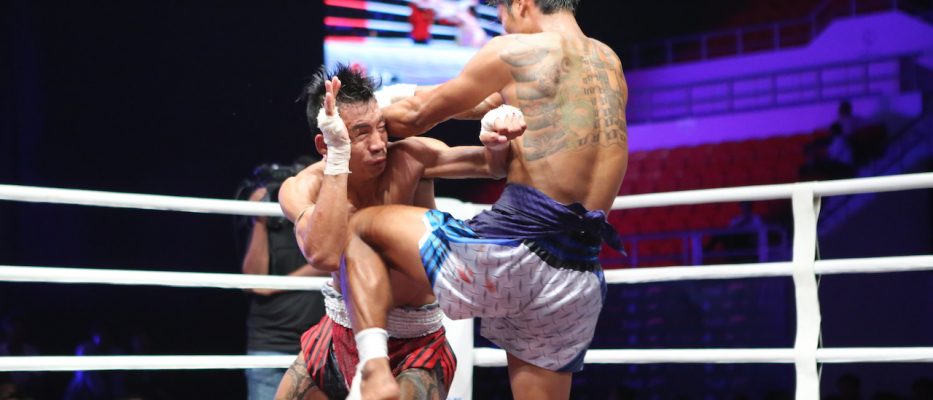
The world’s most brutal martial art? This is Lethwei
Bare knuckle boxing is skyrocketing in popularity and taking the lead is Lethwei, the Burmese style of bare knuckle boxing – one of the most exciting things you can tune into right now.
Pushing the action is the leading promotion World Lethwei Championship (WLC) and their growing roster of international athletes like Cruiserweight World Champion Dave Leduc.
Widely considered to be the most brutal of martial arts, Lethwei is quickly gaining the attention of some of the world’s most fearless fighters that want to test their skills in the ring. With a number of international events planned, WLC and Lethwei are bound to make a big push in 2020, sharing Lethwei with the world via massive platforms like UFC Fight Pass.
But what is Lethwei and why should you take a closer look at this ancient martial art that is taking the world by storm?
The Art of Nine Limbs
You might have heard of Muay Thai being referred to as “The Art of Eight Limbs,” where competitors fight in the ring with the use of kicks, punches, knees, and elbows. Lethwei takes it a step further and incorporates another opportunity for its combatants: the headbutt.
Lethwei warriors literally use their head as a weapon, and with devastating effect! Needless to say, a well-placed headbutt in the clinch or used as a launching attack can quickly turn a fight around or finish a bout in a matter of seconds!
There is a reason why a lot of fighters are now incorporating headbutts in their training!
An Ancient Tradition
Lethwei has a rich history that dates back to ancient times, but not only that, the Lethwei tradition is still very much alive and continues to add an intriguing twist to modern Lethwei bouts.
Dating back to the Pyu Empire (200 BCE-1050) in Myanmar, Lethwei has gone through a remarkable transformation since its birth. Originating as a martial art used by the Burmese army to battle neighboring countries, today’s Lethwei is a thrilling display of world class athleticism with high entertainment value.
During the early British rule of Myanmar (1824-1948), Lethwei bouts were fought in natural elements like sand and dirt. And even though the sport saw a significant decline during this time, passionate fans in smaller villages kept the tradition alive by organizing Lethwei bouts at night, illuminated by huge bonfires, paying tribute to the gods.
Today, promotions like WLC continue to cultivate this proud tradition by incorporating traditional fighter attire and dances, prayer ceremonies, and music to their crowd-pleasing shows around the world.
According to WLC, their Lethwei shows now reach 20 million viewers in Myanmar and closer to 100 millions globally. Not bad for a national sport that almost went extinct.
Don’t miss: Ex UFC champ Max Holloway pleads for fans to take Corona virus seriously
The rules
As previously mentioned, modern Lethwei mostly differentiates itself from Thailand’s Muay Thai and Cambodian’s Kun Khmer by the use of headbutts.
But Lethwei didn’t earn its label “the most brutal martial art” only because of its headbutts. Ancient Lethwei was fought without any point system or judges, and went on until either opponent was rendered unconscious, gave up or could not continue due to injury. Fighters only used gauze or hemp to wrap their hands.
The modernization of Lethwei has allowed the sport to preserve its raw and aggressive core, but has made it accessible to a broader audience by introducing rules and regulations.
Now, fighters must wear mouthguard and groin protector but still only use gauze or tape to wrap their hands. Bouts can be between 3 to 5 rounds, lasting three minutes with a two-minute break in between.
Organizations like WLC have fully adopted the modern rules that were established in 1996 by the Myanmar Lethwei Federation. That means that bouts no longer are fully determined by a stoppage, but is also scored by cage-side judges.
The notorious two-minute injury timeout, where fighters can take a special time-out to recover after a knockout, has been removed from the modern Lethwei, but many organizations still choose to use the traditional “knockout-win-only” ruleset.
Whether you’re a fan of the traditional Lethwei or the modern take, one thing is for sure: Lethwei is more popular than ever and here to stay!








